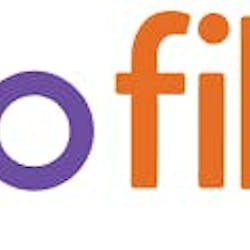The FCC has proposed establishing the Rural Digital Opportunity Fund, which would direct up to $20.4 billion to expand broadband in unserved rural areas.
The proposal would make more areas eligible for rural broadband deployment support and require faster service than last year's Connect America Fund (CAF) Phase II reverse auction. If the FCC ultimately approves the proposals, millions more rural homes and small businesses would be connected to broadband networks providing up to gigabit speeds.
In a Notice of Proposed Rulemaking, the FCC seeks comment on continuing the expansion of broadband where it's lacking by using a reverse auction that builds on last year's CAF Phase II auction. The Rural Digital Opportunity Fund would focus on areas currently served by "price cap" carriers, along with areas that were not won in the CAF Phase II auction and other areas that do not currently receive any high-cost universal service support.
The Notice seeks comment on proposals to:
- Make eligible for support any price cap area currently receiving CAF Phase II model-based support but lacking broadband at speeds of 25 Mbps downstream and 3 Mbps upstream, as well as the areas unawarded in the CAF Phase II auction.
- Make additional homes and businesses eligible for support by including areas that remain unserved, despite previous expectations that they would be served without subsidies due to estimated lower costs.
- Raise the standard for broadband deployment from the CAF's 10 Mbps/1 Mbps minimum to at least 25 Mbps/3 Mbps, with incentives for faster speeds.
- Allocate support through a multi-round reverse auction like that used in last year's CAF Phase II auction. In that auction, competition reduced the cost of reaching more than 700,000 unserved homes and businesses from the $5 billion auction reserve price to $1.488 billion.
- Implement a two-phase approach: In Phase I, target wholly unserved census blocks, using an existing FCC data collection; in Phase II, target unserved locations in partially unserved census blocks, using new, more granular data being developed through the Digital Opportunity Data Collection, along with areas not won in Phase I.
- Set a budget of $20.4 billion in high-cost universal service support, making available at least $16 billion for Phase I and the remainder available for Phase II. Both phases would have 10-year support terms.
- Adopt technology-neutral standards to open the auction to all types of providers that can meet program standards.
- Ensure a smooth transition of support from existing providers to auction winners.
- Include measures to require accountability to ensure that funding is used wisely to expand broadband deployment.





